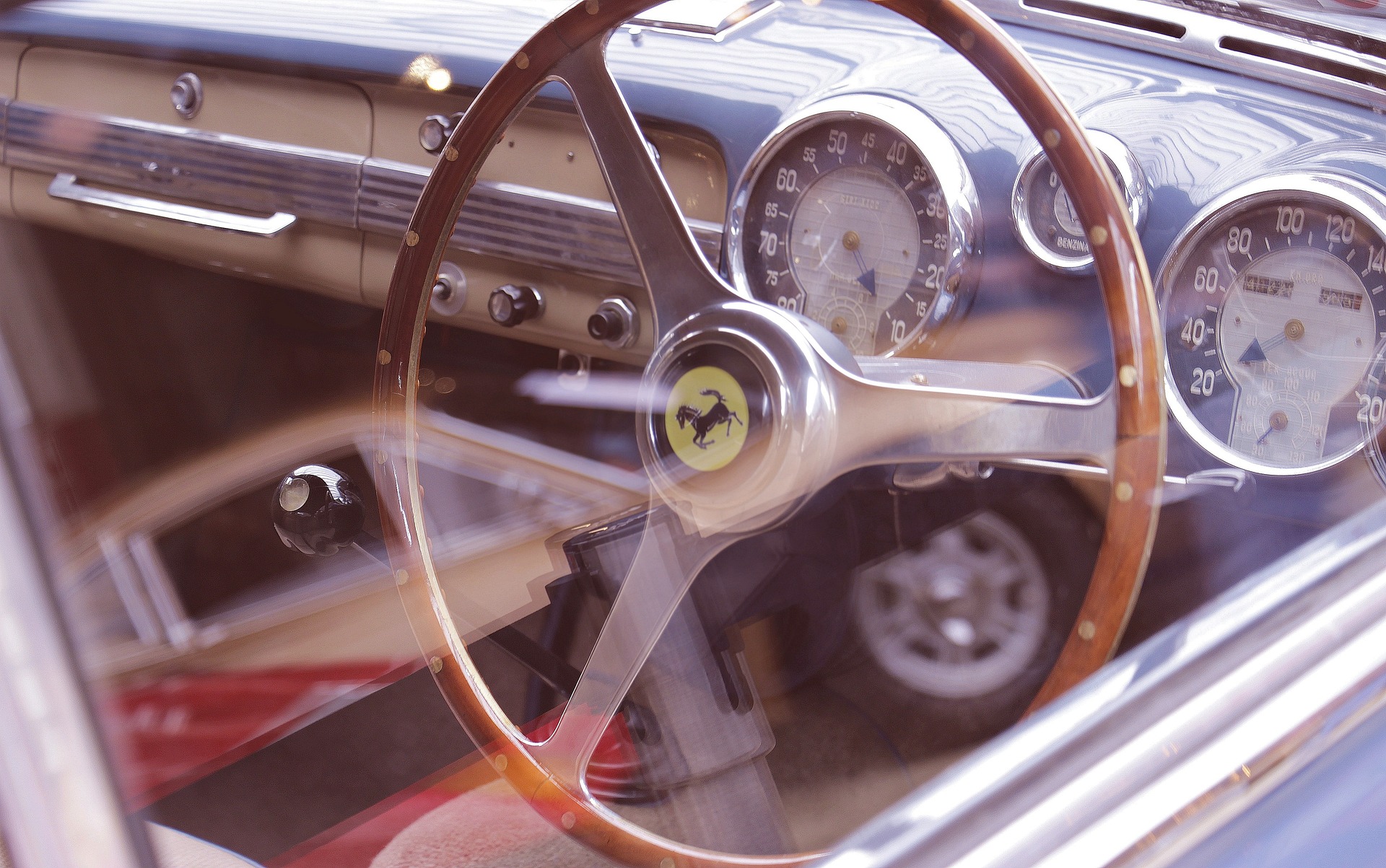Revival of the Drive-in: A Pandemic Safe Silver Screen Affair
Experience the unique confluence of nostalgia and innovation as pandemic restrictions breathe new life into the drive-in theater—a vintage icon of American culture enjoying an unexpected resurgence.

Breathing Life into Vintage Spaces
Historically, drive-in theaters emerged in the United States in the late 1930s as a novelty feature offering viewers the opportunity to watch movies under the stars. They reached their peak in popularity in the 1950s and 60s, with over 4,000 drive-ins operating across the country. However, with the advent of television and new technology, drive-in theaters suffered a gradual decline and were largely extinct by the late 20th century. Only a few hundred survived, nostalgic reminders of a bygone era.
Current Developments: Steering Through the Pandemic
Fast-forward to 2020, and the onset of the COVID-19 pandemic. With traditional movie theaters shuttered due to social distancing mandates, an unexpected opportunity arose for drive-in theaters. Suddenly, they offered a viable solution for movie lovers craving a big screen experience while remaining safely in their private vehicles. Leveraging this unique position, drive-in theaters are experiencing a revival across the country.
Impact and Reception: A Safe Cinematic Solace
The resurrection of drive-ins as pandemic safe entertainment hubs not only revitalizes an iconic part of American culture, but also provides much-needed relief to an industry facing an unprecedented crisis. It has offered filmmakers a platform when most premiere options were closed and provided the public with a sense of normalcy in a time of upheaval. This resurgence has sparked a positive reception from audiences, filmmakers, and critics alike, and has encouraged a closer look at this almost forgotten cultural artifact.
Reinventing the Drive-In: A New Dawn
In response to the increased demand, many operators have begun reinventing the drive-in model to accommodate modern society’s needs. This includes implementing food delivery systems to vehicles, enhancing sound and projection quality, and even hosting concerts, live theater performances, and graduation ceremonies. These creative adaptations have resulted in a fresh, innovative chapter for the drive-in theater.
Concluding Thoughts: The Future of Drive-In Cinemas
Despite the challenges of the past, the future of drive-in theaters looks bright. As they adapt and grow amidst the ongoing pandemic, they provide a model for other industries seeking innovative ways to navigate the ‘new normal.’ The revived interest in drive-ins serves as a stark reminder of the cyclical nature of cultural trends and the resilience of the arts and entertainment industry.




